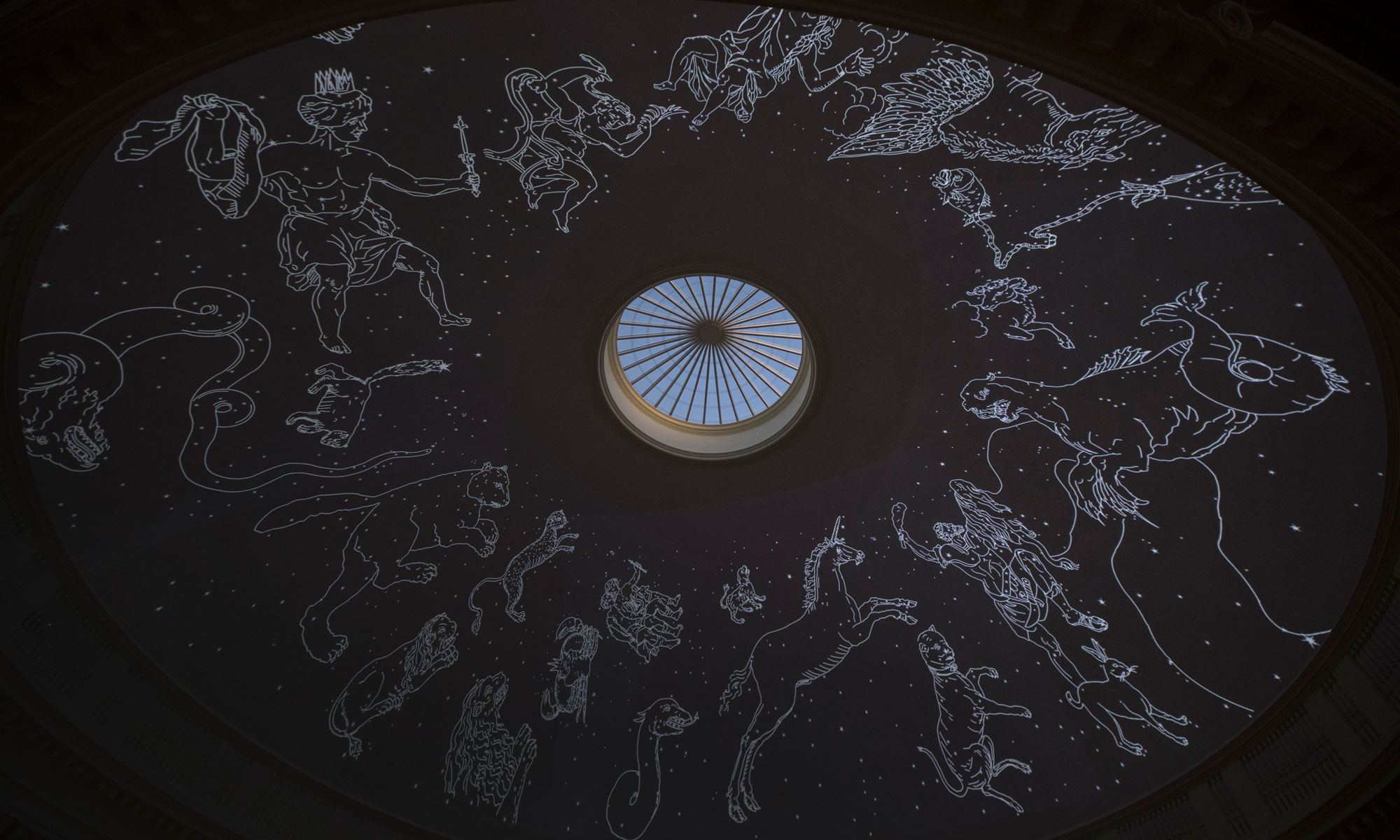
How do today’s professors teach? This is a question a 2019 grant recipient group is trying to evaluate and answer. Karen Inkelas, with colleagues Lindsay Wheeler, Michael Redwine, and Alison Levine are “Developing Tools to Transform Student Experiences”—creating a web-based teaching observation tool to document what actually happens in college classrooms at UVA. These observations will not only shed light on how faculty teach, but also use the data to work with instructors and the broader university to improve teaching at UVA. The program was created in response to numerous calls to improve college teaching. Says Michael Redwine, “It seemed somewhat presumptuous to tell professors that they need to change how they teach when we don’t really know how they actually teach. So, we set out to create a classroom teaching observation online tool to document what actually happens in college classrooms at UVA.”
After receiving small start-up research funds from the Curry School of Education and the 3 Cavaliers Fund, Inkelas and her team knew they needed a larger set of funds. “The Jefferson Trust was the ideal source, because we knew that the [Trust] was keenly interested in projects designed to enhance and improve the UVA student experience, and what could be more central to that mission than better understanding and improving teaching!” she shared. They are planning to use Jefferson Trust funding for hiring a large number of undergraduates to help build the observation tools (computer science majors) and to test and refine it in classrooms. Funding will also help with the expenses of the required large server data space needed for collecting and storing the observation data.
The team plans to build a broad suite of digital tools to integrate with the observation tool, so that they can understand how teaching and instruction relate to students’ performance, students’ course evaluations and involvement, and faculty use of technology. Observation tools will document classroom teaching and learning, visualization tools transform the observation data into visual graphics, and analysis tools will use the observation data for research purposes. The Center for Teaching Excellence also plans to use the suite of tools as part of their teaching consultation program for research initiatives. Inkelas conveys “We truly are excited to see all of the ways we can use the teaching observation data to improve both instruction and the student experience.”

